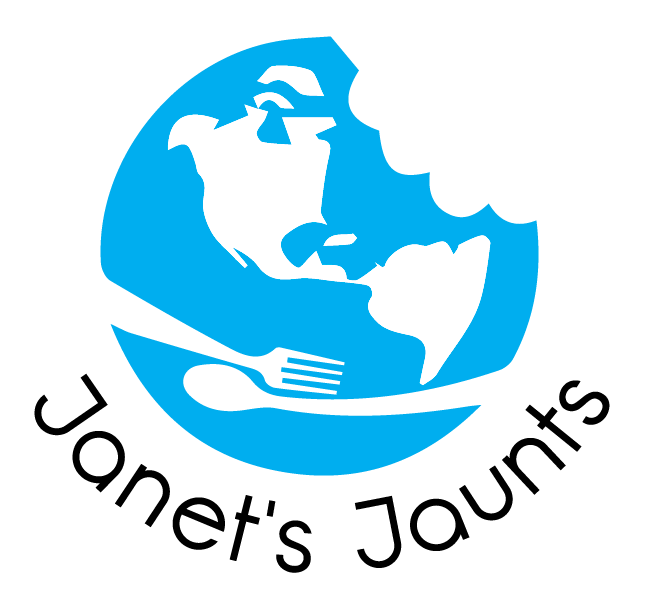Everyone reads in Cuba, Literacy rate exceeds ours
 |
| Vendors of periodicals, postcards and other printed materials flank the entrance to a leafy Havana park. |
It was quickly apparent in Cuba that its people are avid readers. Even though the press is state controlled, papers are hawked on the streets and people are seen in coffee shops and public places reading newspapers. News is not something found widely online, so googling for information and other changes technology has brought to our world haven’t yet come to Cuba.
Literacy in Cuba exceeds 99 percent according to data from UNESCO . That’s higher than any other Latin American country and even exceeds the U.S. literacy rate of 96 percent for the United States.
Since internet access is problematic, to say the least, e-books also have not yet become a part of life. Like cell phones, they are rare.
We saw paper boys (usually men) hawking Granma, the official government newspaper and a few others, but the media in Cuba is entirely state controlled so the idea of a free press is foreign to Cubans. It’s surprising to see a digital version, because internet access is pretty limited in Cuba itself. Have a look by clicking its name above if you speak Spanish or read a translation into English. Don’t expect anything flattering about America.
 |
| The oldest and most important of four plazas in old Havana is marked by a ceramic sign. |
A visit to Plaza De Armas, the oldest and most important of the four major plazas in old Havana,
underscores the popularity of the written word. Just opposite the Palace of the Captain Generals, bookstalls flank the entry to the leafy green and palmy Parque Cespedes. Containing magazines, books, posters and postcards, new and used and all in Spanish the stalls reminded me of those along the the left bank of the Seine opposite Notre Dame in Paris.
 |
| The Palace dominating Armas Plaza was built in 1791. |
Look down to notice the street surface in front of the Palace, which was built in 1791. It’s made of wooden bricks, laid instead of cobblestones to soften the sound of horse drawn carriages so as not to disturb the governor’s sleep.
The stately palace was home for 65 governors of Cuba until 1898 when it became the U.S. governor’s residence during America’s occupation Cuba. In 1902 it became the seat of the Cuba government until 1920 when it became Havana’s city hall. Today it is a museum.
 |
| Carlos Manuel de Cespedes is honored with a white marble statue |
Carlos Manuel de Cespedes (1819 to 1874), considered the father of Cuba. After fleeing his sugar plantation’s slaves in 1868, he organized them into an army and declared an open revolt against Spain. He was cut down by a hail of bullets in in 1874. That white marble statue of Cespedes in the middle of the park surrounded by Armas Plaza is often surrounded by those sitting on park benches reading what they’ve purchased.

Recent Comments